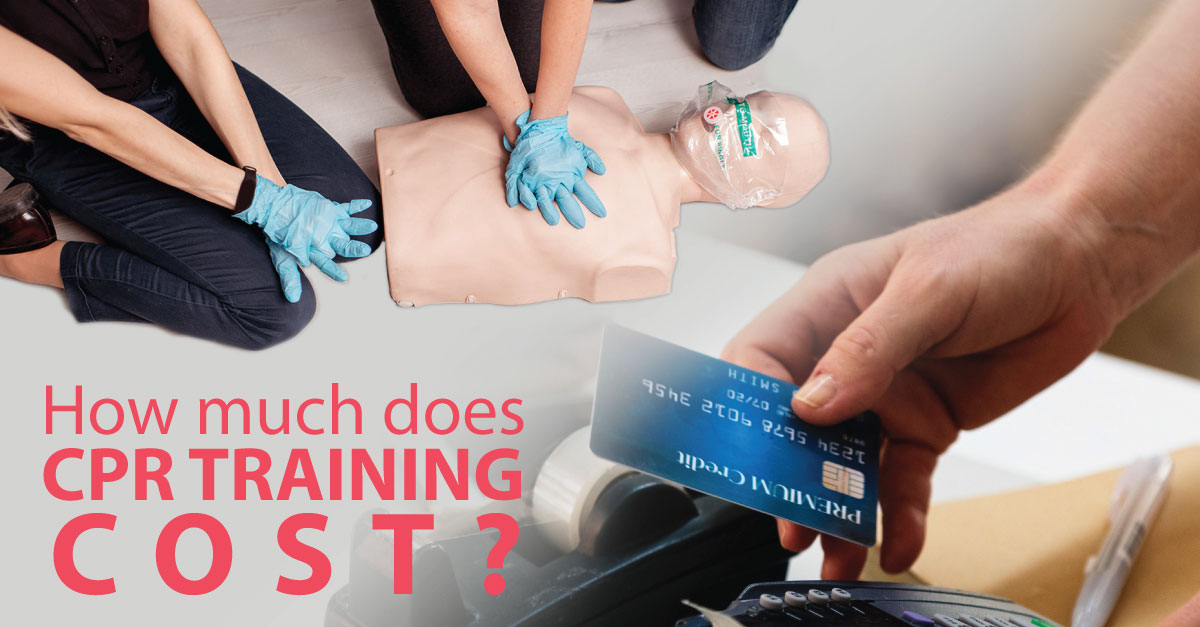CPR Training Cost and Other Important Details
Whether you are a stay at home parent or a small business owner, a CPR training program is a valuable asset. These programs are very cost effective and proven to save lives. For someone who has never participated in a cardiopulmonary resuscitation training program, it is normal to want to know more about what it is, what AED is, and how much it costs.
What is it?
Short for cardiopulmonary resuscitation, CPR is a repetitive series of steps performed on a person when their heart stops beating. These actions help keep the blood flowing in their body and make it easier for first responders to revive the person.
Where Can You Find CPR Training?
There are programs across the country offering hands-on first aid and CPR courses. Legitimate programs reward people with a certificate of successful completion once they master the skills covered in the training course.
If you are looking for a training program, you can search locally by contacting your local training center or sign up to take inclusive training from First Response Training International.
What Are the Requirements to Enroll in CPR Training?
Fortunately, there really aren’t many requirements to enroll in a cardiopulmonary resuscitation training course. In fact, all you need is a willingness to learn. Any person older than 10 can become CPR certified. Training starts at that age because it the brain can process, retain, and recall important information best at that stage in life.
Who Benefits from This Training?
There are a wide variety of people who benefit from becoming certified these include:
- Parents with children at home
- Teachers
- Church leaders
- Sports team coaches
- Camp instructors
- Business owners
- Anyone who works in a busy public place
- Anyone employed in the medical field
What Does This Type of Class Cost?
The cost of this type of emergency training can vary from provider to provider. It depends on whether it is strictly a cardiopulmonary resuscitation only class or whether other emergency/first aid skills are part of the course. A basic class typically runs in the region of $40 to $60 per person.
Depending on what company or provider you are training with, they may offer special incentivized pricing for larger groups, families, or businesses. These are great opportunities to gather the people who matter most to you and support each other in the learning process.
For business owners, this is an opportunity for you to increase the value of your employees. Having cardiopulmonary resuscitation trained and certified employees on staff will not only increase their confidence in emergency situations, but it also ensures that your customers, clients, and patrons are a little safer just because they walked through your doors. Paying for your employees to become certified is a gift that will keep giving and adds value to your team.
How Long Does Training Take?
Most certification classes take only a few hours to complete. During your time with the instructor you will learn the how’s, why’s, do’s, and don’ts of cardiac resuscitation. You will learn how to identify an emergency situation and receive the skills to respond with action instead of fear.
Classes are typically hosted by a facility with an in-person instructor who goes through the information and helps facilitate the simulations and hands-on training…
Regardless of your motivation for taking the course, cardiopulmonary resuscitation training courses teach valuable skills and lifesaving procedures that can really make a difference. Regardless of how much this type of training cost, being in an emergency situation and not knowing cardiopulmonary resuscitation could end up costing you more.












留下回覆
想加入討論?隨時歡迎參與討論!